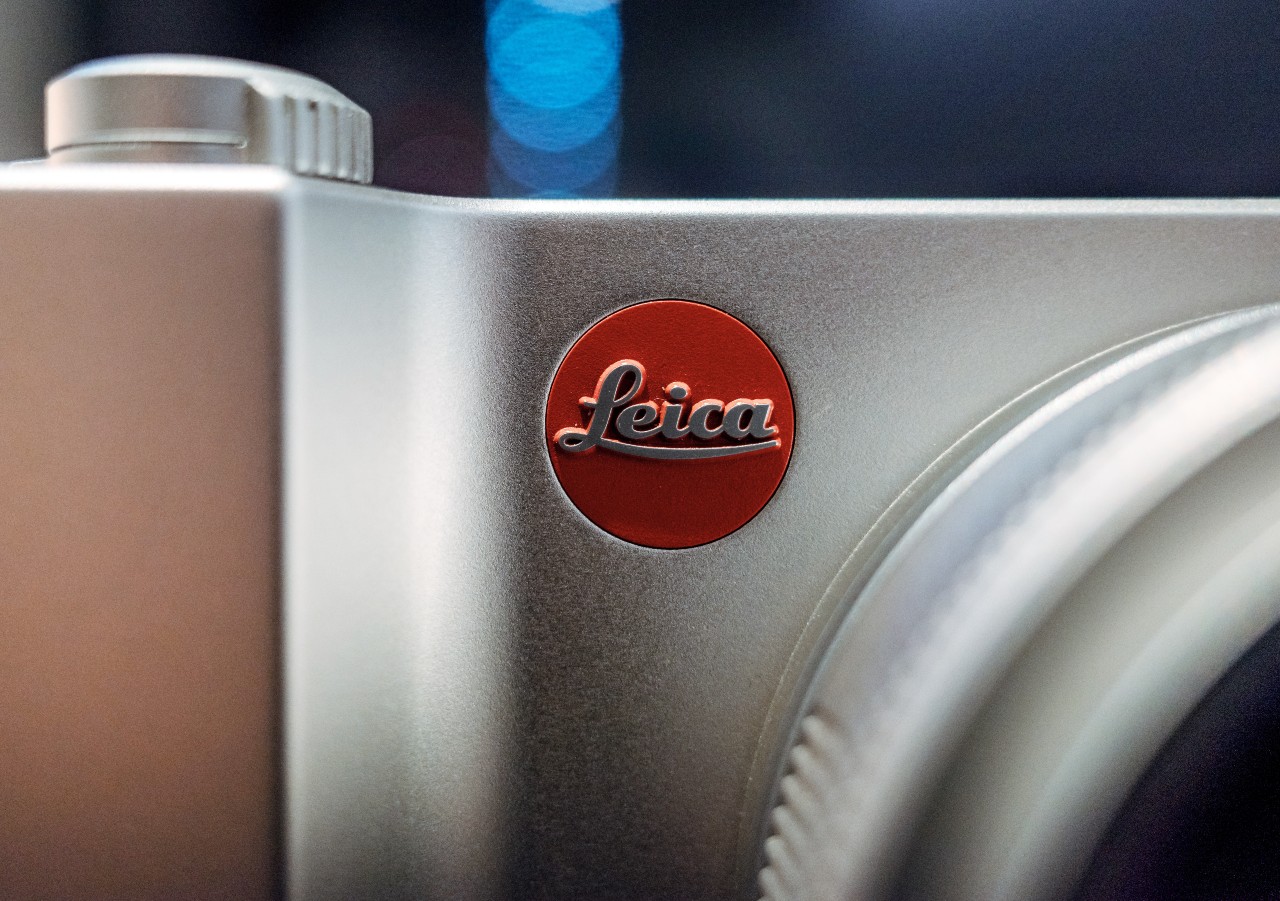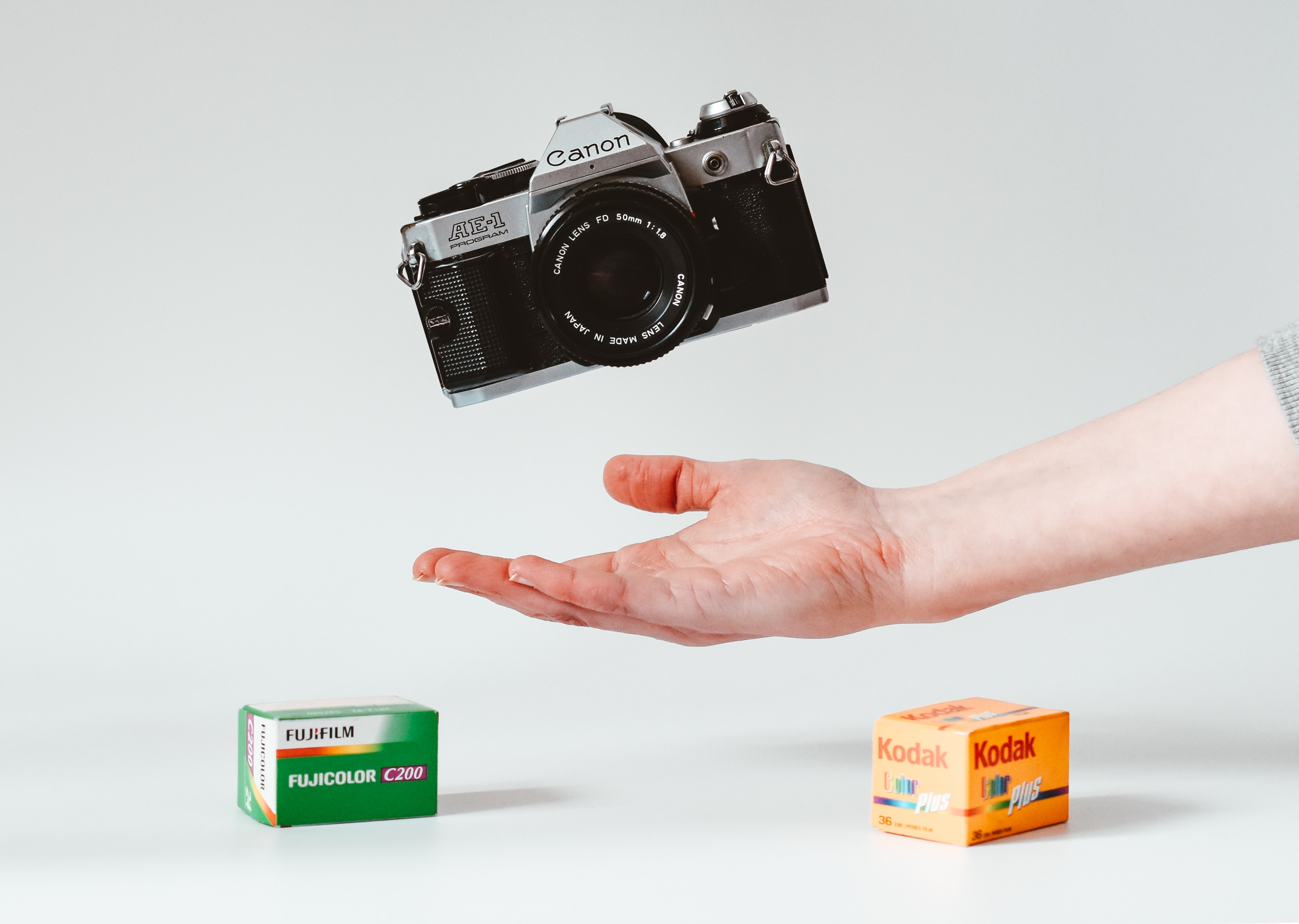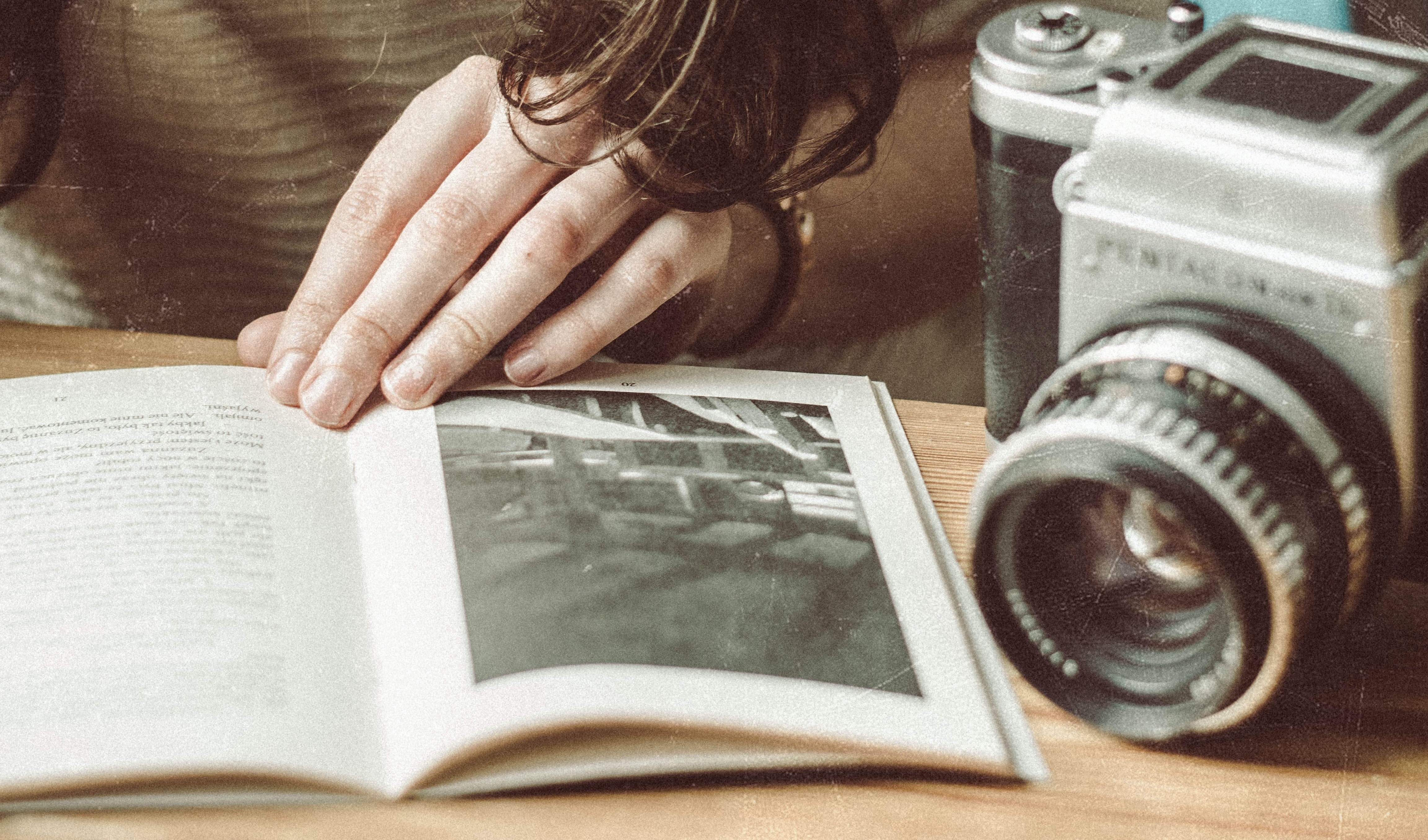Guide to infrared photography as well as a gallery of infrared photographs taken with modified digital cameras.
Infrared photography is most famous for the distinctive white appearance of trees and other foliage. Initially developed using specialised black and white film, infrared photographs have become increasingly rare since the advent of the digital age – but it is still possible to use modern digital cameras to capture the infrared spectrum using modifications.
Infrared photographs are typically black and white, although false-colour photographs are also possible. The white, snowy appearance of forests and grasslands is due to the high infrared reflectance of the foliage – as opposed to the darker appearance of wood and bark, which reflects less infrared light. As such, trees are great subjects for infrared photography. Visible light combined with infrared is also used in astrophotography.
The sensors in digital cameras are inherently very sensitive to infrared light, hence the use of an infrared blocking filter in almost every modern camera. Due to this high sensitivity, modified DSLRs make excellent infrared cameras. (Trivia: The infrared blocking filter on the original Leica M8 digital rangefinder was a bit too weak, resulting in a slight magenta cast in shadows and blacks.)
How it’s done
There are two different forms of infrared photography: IR only or IR & visible light. To ensure that you are only photographing the infrared spectrum (700nm to 900nm) of light, you’ll need to use a filter in combination with your infrared film/sensor. With film cameras, this means screwing an infrared filter onto the front of the lens. However, the filter blocks all visible light, rendering the viewfinder of an SLR temporarily useless. As such you are limited to using a tripod as a composition aid, and prefocusing the lens. Once your filter is in place, you have to refocus, lining up the prefocussed distance with the red mark found on most lenses. An alternative is to use a rangefinder camera, as this allows you to focus and compose while the filter is in place. Additionally, some electronic film cameras use an infrared LED as a frame counter, which fogs high speed infrared film – something to watch out for.
Digital cameras are modified by removing the IR blocking filter over the sensor, and optionally replacing it with a visible light blocking filter. By moving that filter from the front of the lens to the sensor, you can still use the viewfinder to compose and focus, which makes digital infrared a bit more user-friendly. The downside is the fact that the modification is permanent, therefore it’s a good idea to make use of an older DSLR if you have one in the cupboard. Most of the modification services are based in the US, which means risky and expensive shipping for South Africans. (Trivia: Canon produced a special version of the EOS 20D DSLR, the 20Da – the “a” stands for astrophotography. The special camera lacked the built in infrared blocking filter.)
All things considered, infrared photography is very difficult to experiment with, as it requires a substantial investment in film, filters and camera modifications, but it does produce amazing, aesthetically different photographs.
Below is a gallery of digital infrared photographs using modified cameras (not Photoshop filters). It’s very difficult to find infrared film photographs licensed for reuse. Photographs courtesy of Flickr users Luis Argerich and Zach Stern under the creative commons license.


















Awesome post on an intriguing photographic technique.
For those brave enough DIY’ers out there (with steady hands like a surgeon), there are a couple tutorials on how to change your camera sensor to an IR one on LifePixel:
http://www.lifepixel.com/tutorials/infrared-diy-tutorials
Well, that is great stuff indeed. Shoudl you ever get bored of IR, try out UV (ultraviolet) photography – more is here about it http://www.uvir.eu
Enjoy, Klaus
What lenses would work best, e.g. canon?
Most lenses will work well – but the same characteristics applies here, if a lens is normally sharp, it will also be sharp for IR. One thing that might make it easier is the IR focus shift indicator found on some lenses – Look out for the red indicator in the focus window of Canon lenses.
With a simple IR filter on my Sony NEX7, will I be able to do IR photography?
Hi Barend, it depends what you mean by a simple IR filter. What you’ll need for IR photography is to remove the IR-blocking filter on the sensor (a permanent mod in most cases) and replace the filter with a visible light blocking filter, either on the sensor itself or screwed onto the front of the lens.
Hi Francois, thank you. So it is not a case of just adding an infrared filter on the lens?
Hi Barend, no, unfortunately not! The article has more information about the process.
Maybe, if the IR filter you use starts at 700nm or the like, you may be able to.